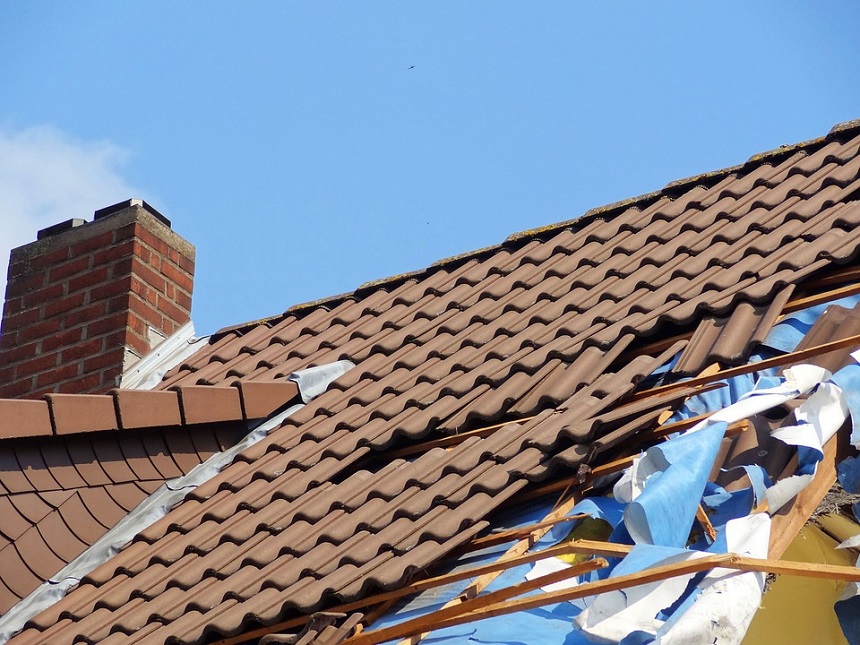Ofgem raps power companies for response to Storm Arwen

Communities across Britain that were impacted by Storm Arwen will receive an additional £10.3 million in compensation from power companies after a report found it was “unacceptable” thousands of homes were left to cope in “appalling conditions” for over a week.
Energy regulator Ofgem has today published its findings following a six-month review launched in December 2021 to establish what went wrong and what industry needs to change to provide a more effective response to severe weather events.
The review focussed on whether the power outages could have been prevented, whether correct and timely information was given to customers affected, whether power was restored quickly enough and how customers were supported after the storm including the processing of compensation payments.
Staff in all affected DNOs worked hard in challenging circumstances to get customers reconnected, but Ofgem concludes that thousands of customers were provided with an unacceptable service. This report builds on the initial findings in the interim report and sets out clear recommendations for improvement.
The main findings of the review are:
- Some affected customers remained off power for an unacceptable amount of time, received poor communication from their network operator and compensation payments took too long.
- Whilst companies initiated their emergency plans before the storm hit, the plans were not sufficient to deal with the scale of damage that resulted from Storm Arwen.
- One DNO, Northern Powergrid (NPg), did not directly contact vulnerable customers enrolled on its Priority Services Register (PSR) prior to Storm Arwen. This should have been carried out as part of its planned winter preparedness campaign.
- NPg accepted the performance of its call centre fell below the standards it should have been able to meet during a severe storm. This could be a potential breach to licence condition, SLC 8.3(b) & (c), which relates to the availability and operation of their call centre.
- Limited remote monitoring on the lower voltage networks hindered DNOs from understanding the full scale and complexity of faults, impacting the number of resources they initially deployed to undertake repairs, restore power and support customers.
- Most network faults during Storm Arwen were caused by strong winds or trees and branches falling onto power lines. Ofgem additionally found some correlation between poles that were damaged and their age, although this needs further investigation.
- Customer research and stakeholder feedback told Ofgem that many customers had to endure a very long wait to have their power restored, had to deal with poor and sometimes inaccurate communications with the network operator, and had to endure long delays in receiving compensation, which is not acceptable.
- 28% of customers were given a restoration time that was not within 24 hours of their actual restoration time, and some affected customers did not think that the support available was made clear to them.
In recognition of this, three DNOs - NPg, SSEN and ENWL – paid nearly £30m in direct compensation to affected customers after the storms. These network operators have agreed that they will pay a further £10.3m in voluntary redress payments to the affected communities through contributions to community funds and in donations to vulnerability support charities. Progress against recommendations will be tracked and Ofgem will act as necessary to ensure compliance.
Jonathan Brearley, chief executive of Ofgem, said: “Distribution network companies faced challenging conditions in the aftermath of Storm Arwen, and I pay tribute to the many colleagues in those companies who supported customers and worked to get them back on power as quickly as possible. However, it was unacceptable that nearly 4,000 homes in parts of England and Scotland were off power for over a week, often without accurate information as to when power would be restored.
“Network companies need to do better, not just to prevent power disruptions, but to ensure that when power is off, they work smarter to get people back on power quicker, and keep customers informed with accurate and timely information. This is the very least customers should be able to expect.
“The frequency of extreme weather events is only set to increase so it is really important that industry, and those involved more widely, learn from Storm Arwen to better respond in future.
The key recommendations are:
- DNOs should submit their winter preparedness plans to Ofgem so the regulator can be assured that DNOs have taken the necessary steps to ensure that all customers, especially vulnerable customers, can be supported effectively during power disruptions.
- DNOs should stress test their websites and call centres to ensure adequate capacity during severe weather events. Additional reporting metrics for communication channels will fit within the next RIIO-ED2 price control settlement that will be determined this year.
- DNOs to develop more robust mechanisms to enable the delivery of compensation payments at scale, enabling timely and accurate compensation to those eligible.
- Ofgem will review the Guaranteed Standard of Performance (GSoP) for severe weather to identify amendments that should be made to better reflect the impact of extended power cuts. And in the meantime, we recommend DNOs should voluntarily lift the cap for future storms as they did during Storm Arwen.
- Current network infrastructure and guidance including vegetation management and overhead line designs should be reviewed to increase network resilience to severe weather events.
- A standard-based approach to organisational resilience should be considered by E3C to improve the speed of customer restoration during severe weather events. It is noted that current standards and guidance that support the DNOs in providing a reliable network are more focussed on preventing outages rather than how to respond during a power outage.








